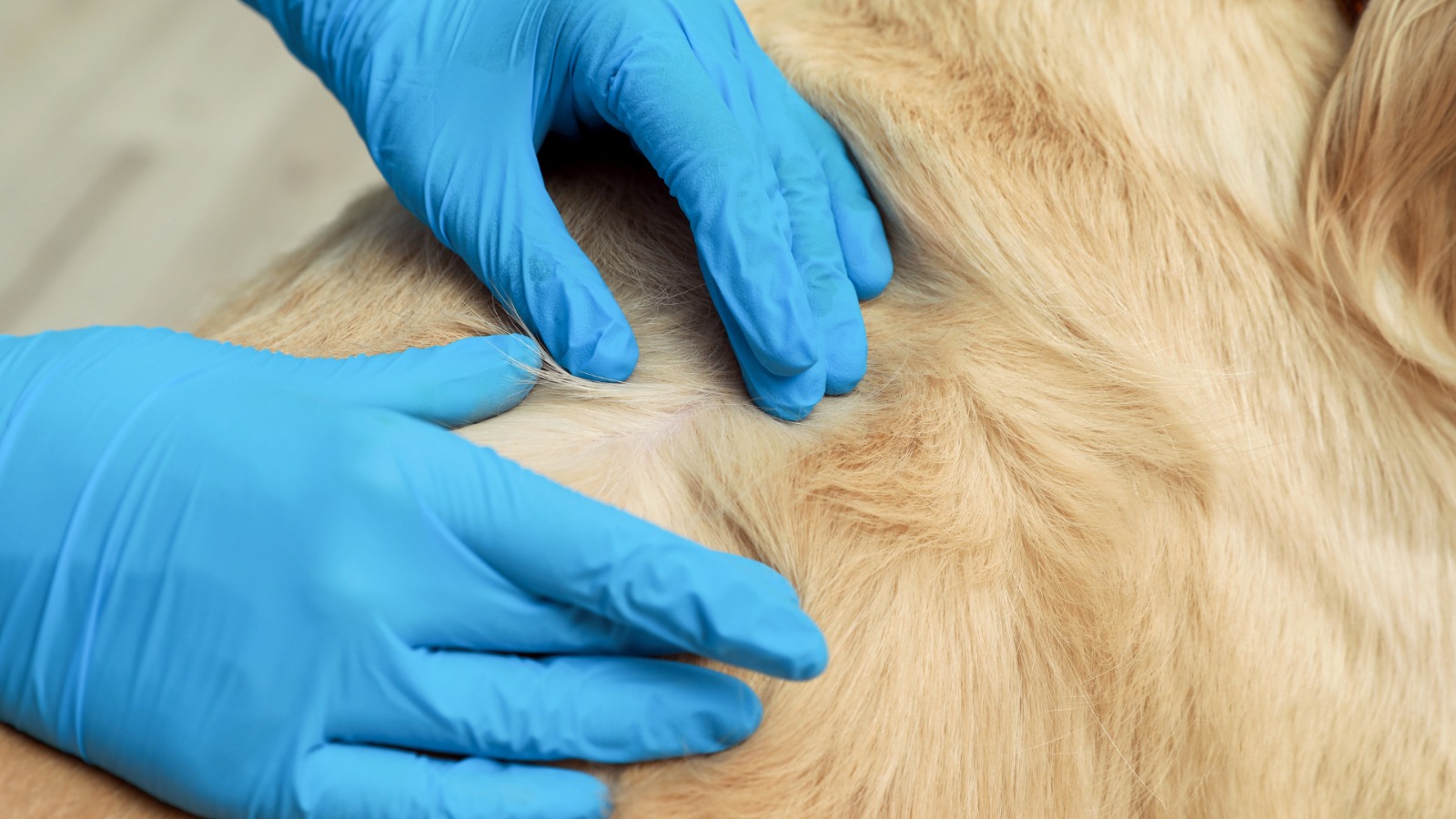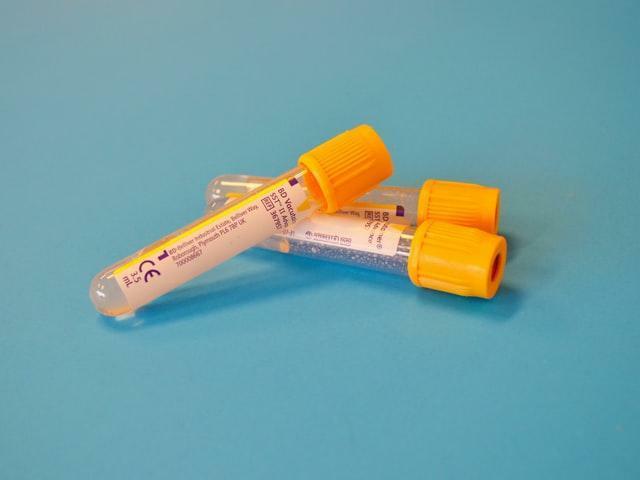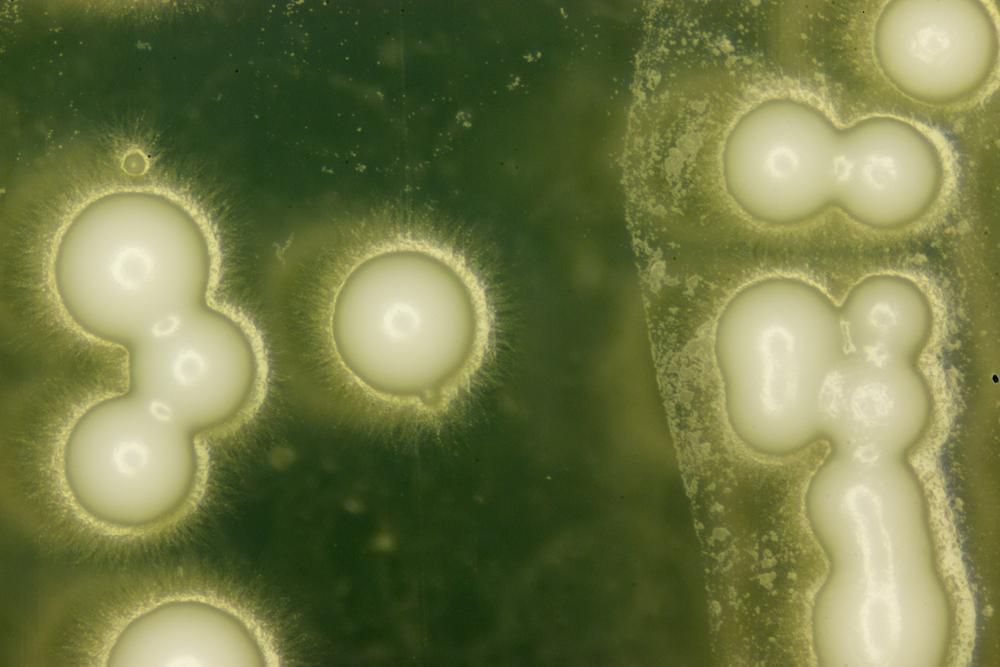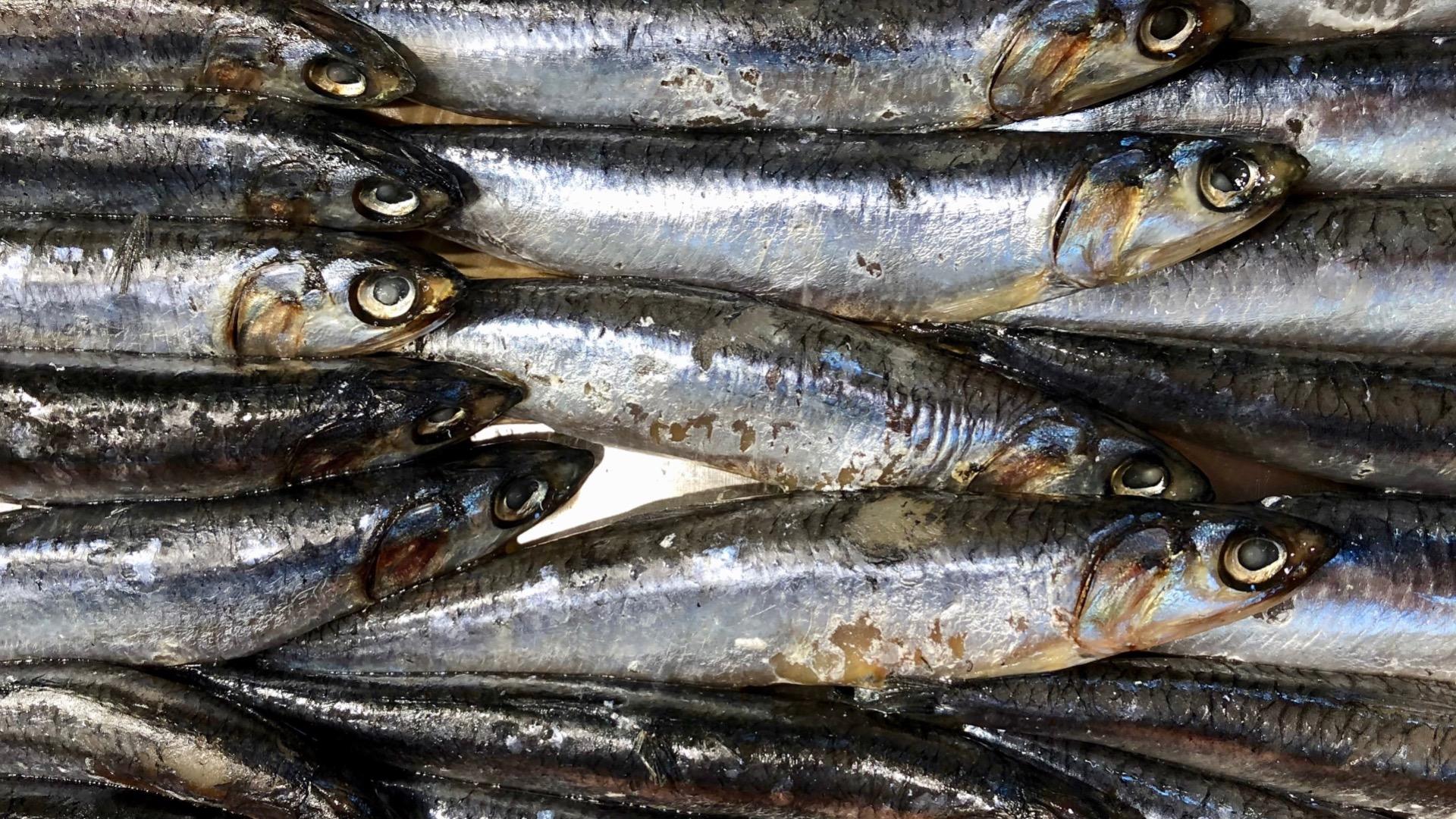Generally, when we talk about fasting in the human realms, we are talking about intermittent fasting, and the function is largely to lose weight. What this mechanism actually does is reduce overall caloric intake, so by definition, if you reduce calories, there may be a resultant weight loss (note, we say may, because weight loss isn’t always that simple). But, when we talk about fasting in dogs it’s not generally around weight loss, it’s for longevity and improved health outcomes.
Here at My Pet Nutritionist, it’s a question we get asked a lot. Should we fast dogs, or not?
Let’s look at the science behind it.
What Is Fasting?
Fasting is not the same as starvation. Starvation occurs when there are no reserves left in the body; with insufficient intake of nutrients resulting in the break down of vital tissues. Fasting is simply a form of reduced calorie intake.
What is interesting is that complete or modified fasting is a natural part of the wild canine diet.
Wolves, the closest living relative to the dog are a window into dog physiology. When we look at the behaviour and lifestyle of wolves reintroduced into Yellowstone National Park, they show us that they are well designed for feast or famine. When hunting is easy, they may kill every two to three days. Generally, they will first eat organ meats, then muscle. At the end of the two- or three-day period, they then eat the bones and hide, including the fur. In times of low food abundance, wolves have been seen to scavenge bone and hide for several weeks at a time.
Findings Here
What Happens During a Fast
Digestion is an incredibly demanding task. When it occurs, all hands are on deck. When it isn’t required, hands can be diverted to other tasks.
What Does the Science Say?
Most of the data is looking at fasting in rats, mice, monkeys, and humans. But we do have some data from dogs.
Fasting has been seen to decrease toxic load. With little competition from substances absorbed after a meal, the liver is able to fully process waste products and excrete them efficiently.
In addition, it has been demonstrated that during fasting, mitochondria downregulate. As you’ll remember, the mitochondria are the power plants of the cell, where we get energy from. But through the process, a high volume of free radicals are produced. Therefore, with downregulation, fewer free radicals are produced, which reduces oxidative stress.
Fasting has been seen to decrease inflammatory molecules in many cell types. As we know inflammation underlies many chronic diseases and so it’s easy to agree when we see data suggesting that fasting reduces the incidence of:
Cancer
Arthritis
Cognitive decline
Diabetes (prevention)
Dermatitis
Liver, kidney, and heart disease
Findings Here
Findings Here
Furthermore, fasting has showed a lower rate of muscle loss with age, with no apparent loss of bone density.
Findings Here
Finally, fasting for 48 hours has been shown to protect normal cells, but not cancer cells, from the toxic effects of chemotherapy. This approach has been utilised in humans to mitigate side effects associated with chemotherapy.
Findings Here
So, we know that fasting has some great benefits, but is there anything we should be mindful of?
Well, we shouldn’t fast cats, in it’s true definition.
The feline liver doesn’t downregulate during fasting, hepatic lipidosis (fatty liver disease) has been seen to occur in a cat fasted for as little as two days.
But calorie restriction (to 70% of a standard diet) has been used in therapeutic approaches and favourably affected physical activity, lipid metabolism and insulin sensitivity.
Findings Here
There’s also no place for fasting in puppies. Puppyhood is one of the most nutritionally demanding periods; to build a body, they need the component parts. The same goes for bitches in whelp; to build babies, they need the component parts.
A note on diabetes…
Diabetes is a disease that results from an absolute or relative lack of insulin. As we know, insulin helps get glucose into cells to be used as energy; it therefore maintains the amount of glucose found in the bloodstream. Fasting with diabetes
can result in dangerously low blood sugar levels.
The bottom line? Guidance from a qualified practitioner may be worthwhile if you are considering fasting with any pre-existing health concerns. It may not be appropriate at all.
So How Do You Do It?
Well, there are two ways really. The first is to fast for a whole day once a week. This was seemingly the accepted routine for farmers and gundogs in decades gone by. But it’s not about removing what your dog would usually eat on that day, you simply spread it out on the other days – some have spread it throughout the week, some load it the day before and the day after the fast. Ensure that the amount you are feeding is appropriate for the healthy weight your pet requires.
The other way is just providing an eating window. You can feed one meal per day, or two but within a short eating window of each other (generally 6-8 hours of each other). For example, you feed breakfast at 9am and then supper at 4 or 5pm.
During any fasting periods, dogs should always have access to fresh, filtered water.
As you have noticed, there is a difference between fasting and calorie restriction – fasting is allowing periods of rest between food ingestion. Calorie restriction is reduction of calories. But both have great health benefits, depending on the pet and their current health status.
If you are looking to tackle a weight issue in your pet check out our blogs here.
Obesity in Pets – Part I
Obesity in Pets – Part II
Fasting or calorie restriction may not be appropriate for all pets, and so if you are wondering if any dietary changes may be of benefit to your pet, check out our services.
Consultations
Thanks for reading,
MPN Team x

















































